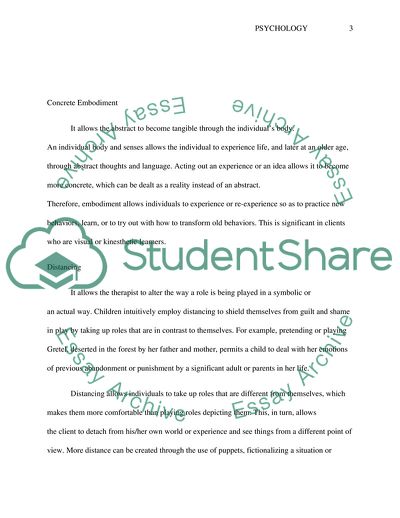Cite this document
(Drama Therapy Techniques Essay Example | Topics and Well Written Essays - 1500 words, n.d.)
Drama Therapy Techniques Essay Example | Topics and Well Written Essays - 1500 words. https://studentshare.org/psychology/1772552-discuss-the-use-of-dramatic-concepts-and-their-application-in-drama-therapy
Drama Therapy Techniques Essay Example | Topics and Well Written Essays - 1500 words. https://studentshare.org/psychology/1772552-discuss-the-use-of-dramatic-concepts-and-their-application-in-drama-therapy
(Drama Therapy Techniques Essay Example | Topics and Well Written Essays - 1500 Words)
Drama Therapy Techniques Essay Example | Topics and Well Written Essays - 1500 Words. https://studentshare.org/psychology/1772552-discuss-the-use-of-dramatic-concepts-and-their-application-in-drama-therapy.
Drama Therapy Techniques Essay Example | Topics and Well Written Essays - 1500 Words. https://studentshare.org/psychology/1772552-discuss-the-use-of-dramatic-concepts-and-their-application-in-drama-therapy.
“Drama Therapy Techniques Essay Example | Topics and Well Written Essays - 1500 Words”. https://studentshare.org/psychology/1772552-discuss-the-use-of-dramatic-concepts-and-their-application-in-drama-therapy.


